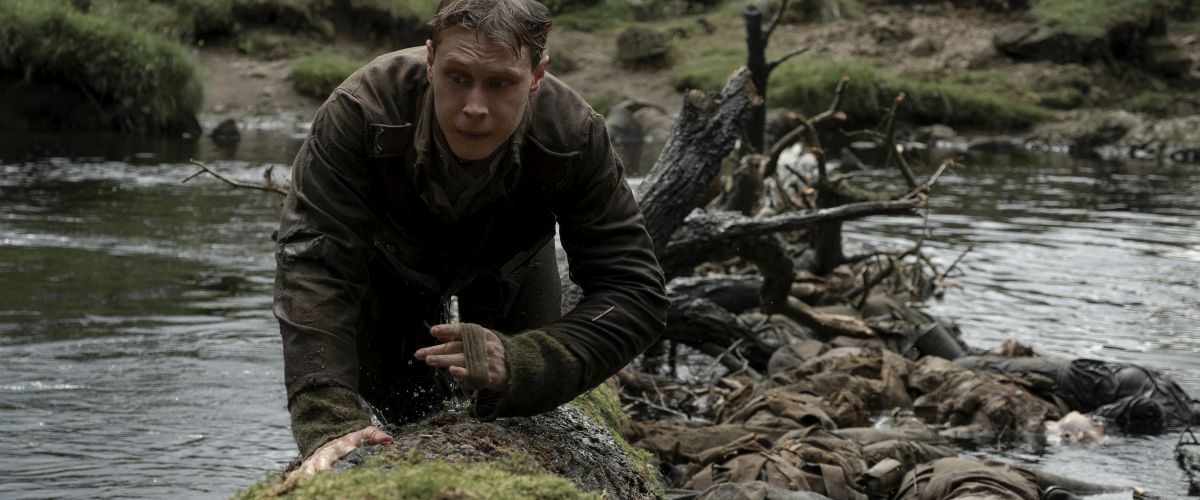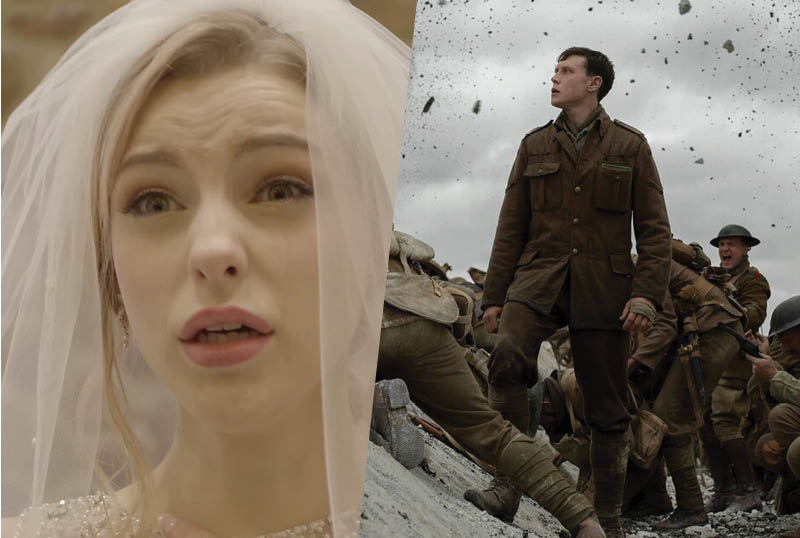CS Interview: Conrad Faraj on 1917 one-shot challenge winner, Wedding Runner
While Sam Mendes’ epic one-shot war drama 1917 is enjoying rave reviews from critics and audiences alike, the co-writer/director teamed up with Universal Pictures for a challenge in which filmmakers would craft a two-minute one-shot short that would tell a complete and important story as well as showing its technical skills. After dozens of submissions from around the country, Mendes chose “Wedding Runner” from Ohio-born filmmaker Conrad Faraj, which can be viewed in the player below, and ComingSoon.net got the opportunity to talk with him on crafting the short and beating out other challengers.
RELATED: 1917 Final Trailer Starring George MacKay & Dean-Charles Chapman
With many different entries of various genres being submitted, Faraj describes the fact that Mendes chose his short as “surreal” and that while he loves that he beat out his competition, the real joy from these events is “the challenge.”
“You just want to compete, you just want to be considered,” Faraj said. “Little did I honestly realize that I would actually get chosen. In fact, I was seeing all of my other competitors, I was seeing all of these other amazing films and I said, ‘There’s just no way this is going to happen.’ So when I heard Mendes had chosen my film, it was just like this incredible feeling, I felt very overwhelmed.”
The challenge did have a few rules for filmmakers, including keeping it to two main characters, a two-minute runtime and featuring a plot that delivers an urgent message in an original idea, and while looking at 1917 as “this emotional drama, action piece,” Faraj had to reflect on what he wanted to explore with the film. The short follows a man who’s pushed by his friend to crash a wedding and reveal his feelings, with the twist revealing he is professing his love for the groom.
“I wanted to do something that I thought would be different than 1917,” Faraj said. “So me and my team kind of brainstormed different ideas and then we kind of started sharing stories. I heard one particular story of a friend of mine whose husband left her on the altar for this other man. I thought that would be a great thing to do as our short, that we could make it really quirky, we could make it sort of comedic and play with those kind of crazy modern themes. I want it to stand out and I feel like I wanted to play with people’s expectations because I think that’s the brilliance of short filmmaking is you have such a limited amount of time to tell a story and I wanted my particular film to go a little bit beyond.”
In getting the church to allow them to film the short in their chapel and being on a deadline for the challenge, the team only had four tries to get it right and that getting the church on board was one of the biggest challenges for the production.
“We spent like an entire week trying to get a church anywhere in Cleveland, which is where we shot the film and every single person kept telling us no,” Faraj said. “Originally, the movie was going to be set in a coffee shop and then from the coffee shop the guy was going to run to the church, but we couldn’t just get a logistics of the locations. Then, finally, one particular church said ‘Yes, we have between this time and this time, can you do it?’ I said yes, I can absolutely do it and then we spent about maybe two-and-a-half to three hours just rehearsing and rehearsing and choreographing. We kept timing everything, so I was actually chasing behind the camera team with a timer and if the first bit of dialogue went over 35 seconds, we had to restart. Then, we had three colored smoke grenades for the film, so that means we only had three actual takes, so we did one take as a rehearsal and then we did our actual three takes. The first one was okay, but we went over the time by two seconds, and then the second one the smoke grenade went off and the camera kind of fell off the Steadicam and there was this awful take. So we only had one final take to get it all right and thankfully we did.”
RELATED: CS Interview: Jerry Bruckeimer on Gemini Man
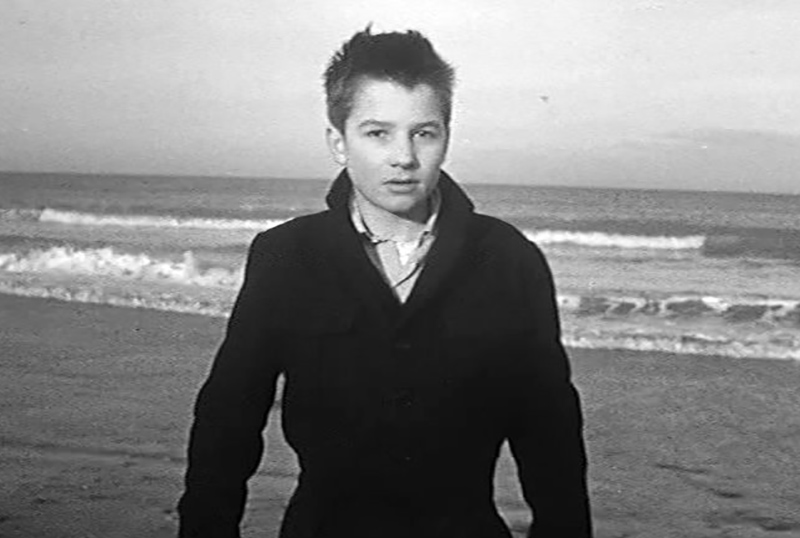
Having finally dipped his toe into the one-shot effort of filmmaking, Faraj definitely envisions utilizing the technique again in future endeavors, calling it “a great exercise” and that “it makes you a better director, because you have to be just so conscious about every single movement of the camera, the actors of the lighting of the sound” and that “every director should at least try to do once in their lifetime.” With many films using the impressive technique over the years, he finds his favorite example being from François Truffaut’s 1959 classic The 400 Blows.
“The one that always comes to mind for me is the final shot, which I think is just one of the most beautiful shots in cinema, where the main character is just kind of slowly jogging through the beach and he’s just feeling so alone and the camera keeps sweeping through that beach until he kind of lands in the water and he’s just lefter there in this kind of vast image,” Faraj said. “He’s just looking lost, so I always thought that was one of the most amazing one shots I’ve ever seen.”
While the technique is typically reserved for brief action sequences or experimental dramas, Faraj would love to see the science fiction genre explore the possibility of one-shot efforts, as it would be both “interesting” and “challenging,” as the genre itself is already a challenge and adding the technique would push filmmakers a little further.
1917 Official Photos
-
1917_tsr1sheet_rgb1

-
1917
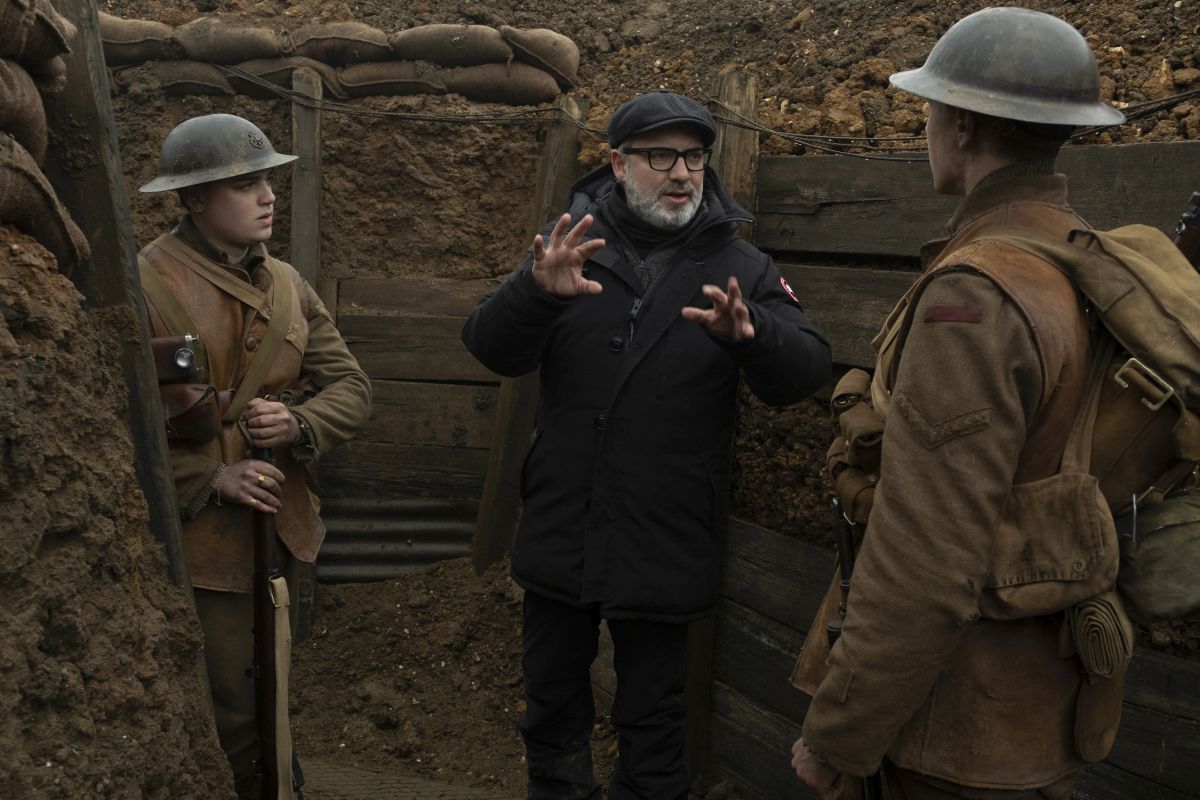
-
1917 (2019)

(from left) Blake (Dean-Charles Chapman) and Schofield (George MacKay) in 1917, the new epic from Oscar®-winning filmmaker Sam Mendes. -
1917 (2019)

(from left) Dean-Charles Chapman, George MacKay and Oscar®-winning filmmaker Sam Mendes on the set of the new epic, 1917. -
1917
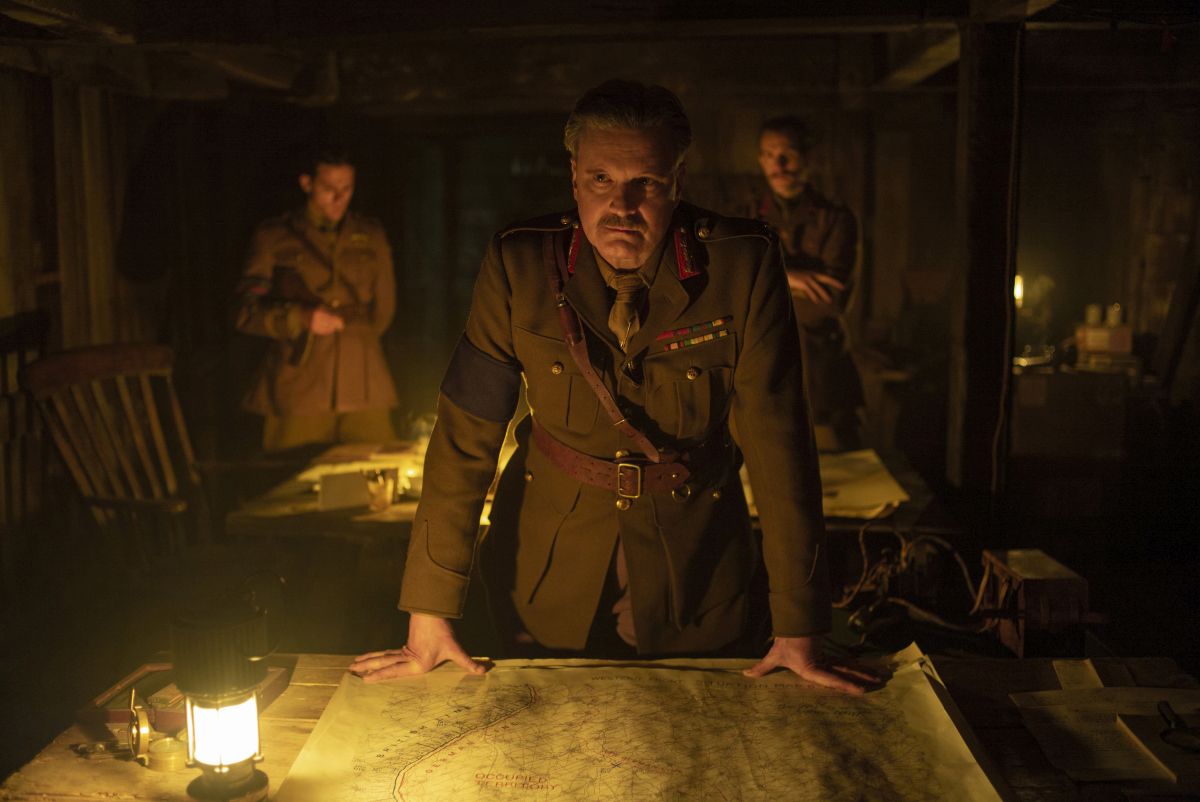
Colin Firth as General Erinmore in 1917, the new epic from Oscar®-winning filmmaker Sam Mendes. -
1917 (2019)
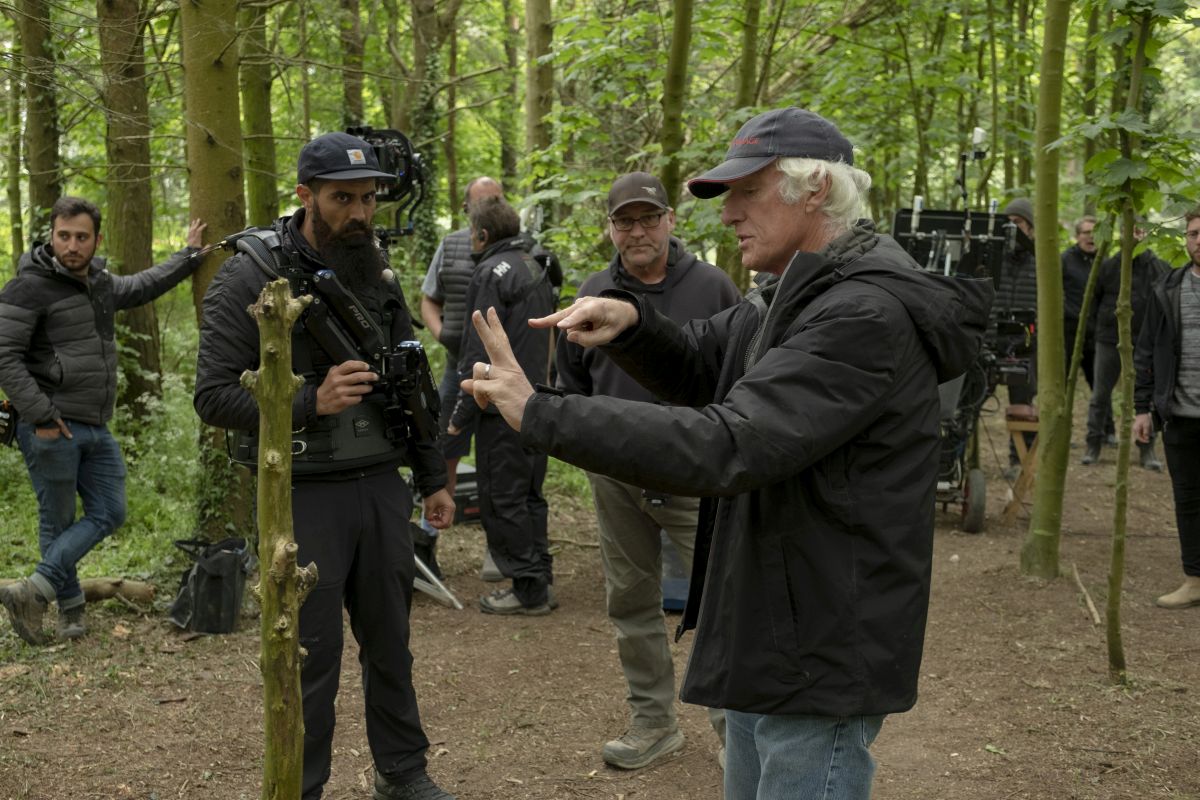
(foreground) Cinematographer Roger Deakins on the set of 1917, the new epic from Oscar®-winning filmmaker Sam Mendes. -
1917 (2019)
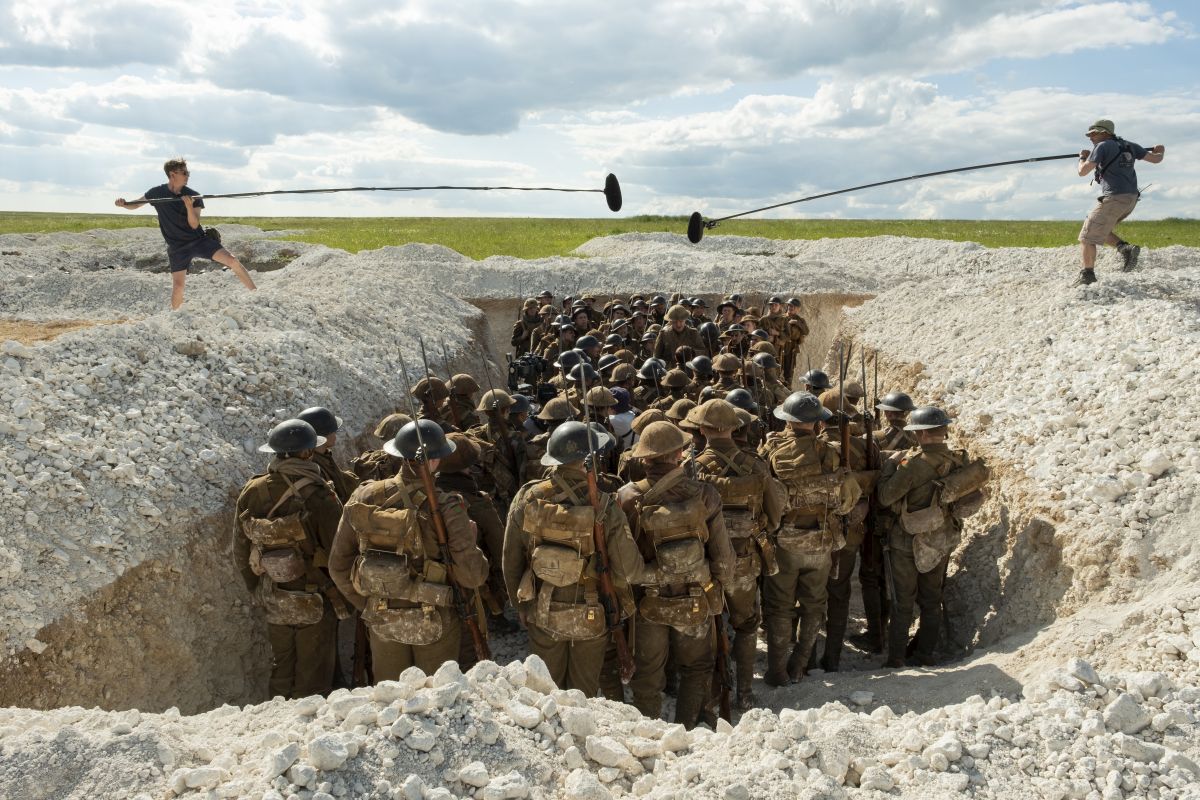
Cast and crew members on the set of 1917, the new epic from Oscar®-winning filmmaker Sam Mendes. -
1917 (2019)
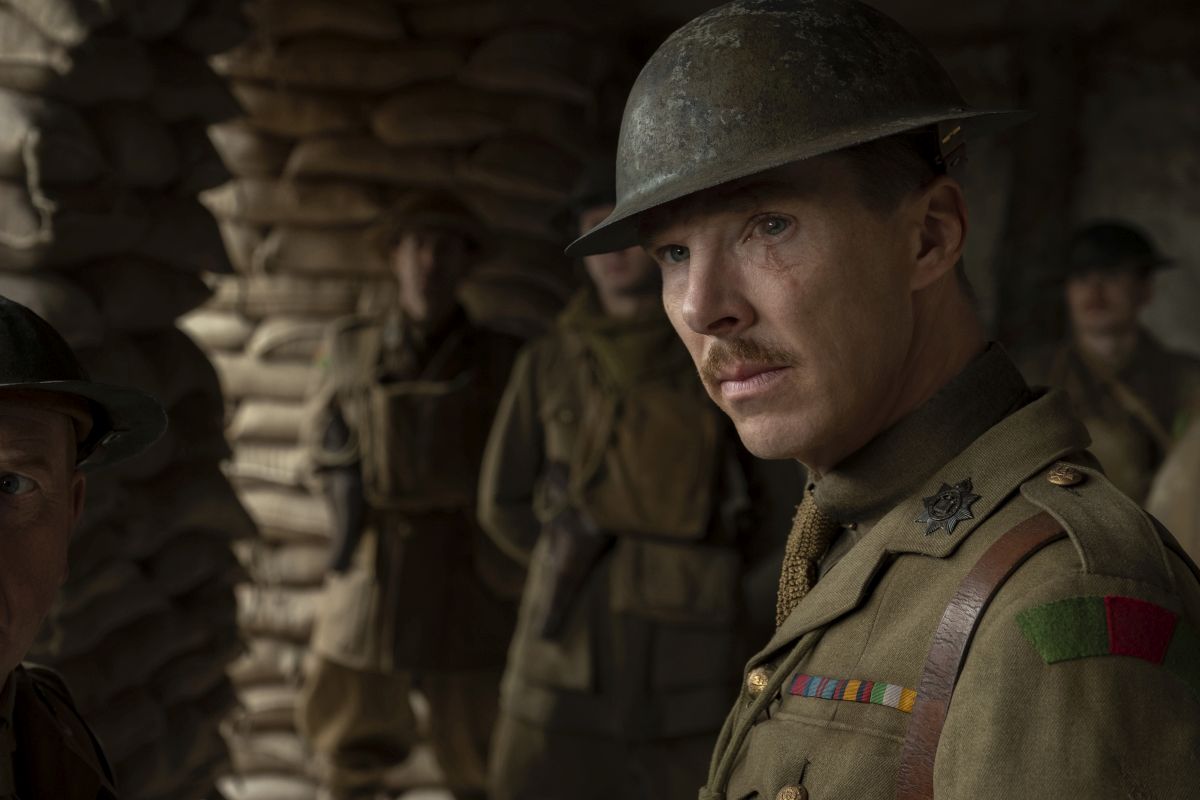
Benedict Cumberbatch as Colonel Mackenzie in 1917, the new epic from Oscar®-winning filmmaker Sam Mendes. -
1917 (2019)
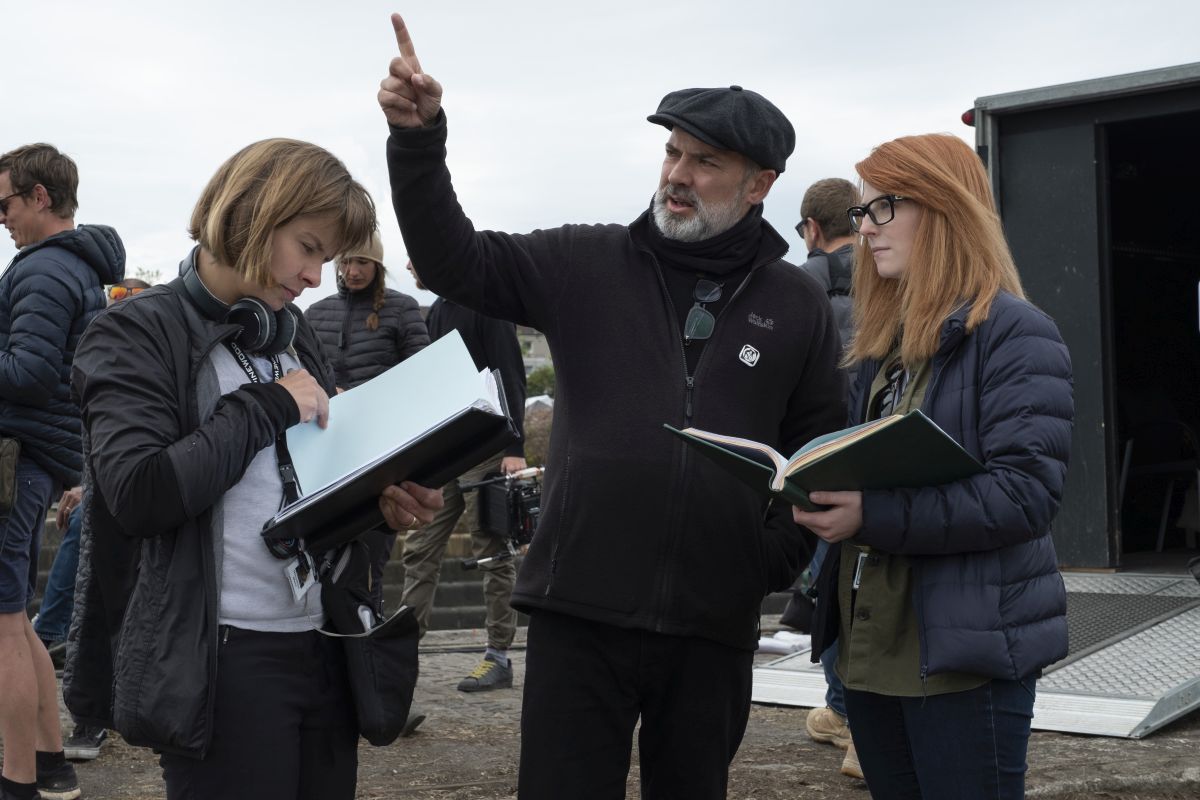
Script supervisor Nicoletta Mani (left) and co-screenwriter Krysty Wilson-Cairns (right) with Oscar®-winning filmmaker Sam Mendes on the set of Mendes’ new epic, 1917. -
1917 (2019)
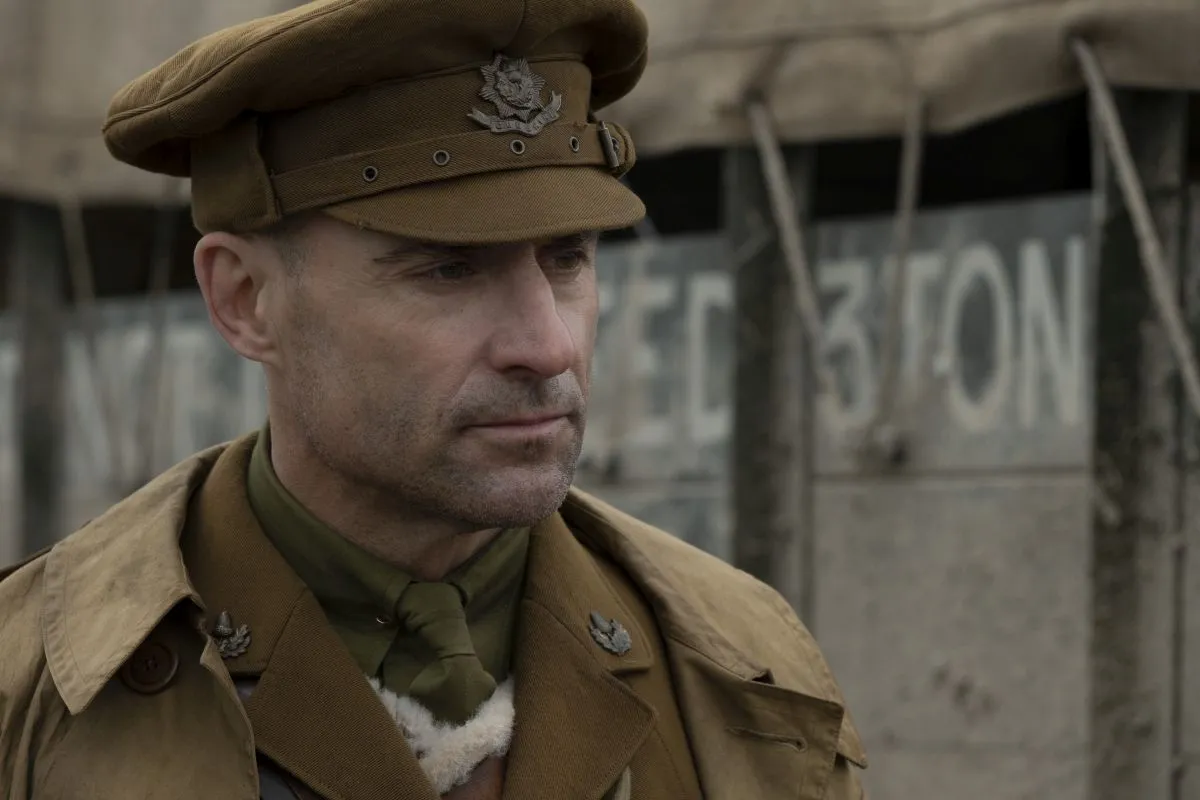
Mark Strong as Captain Smith in 1917, the new epic from Oscar®-winning filmmaker Sam Mendes. -
1917
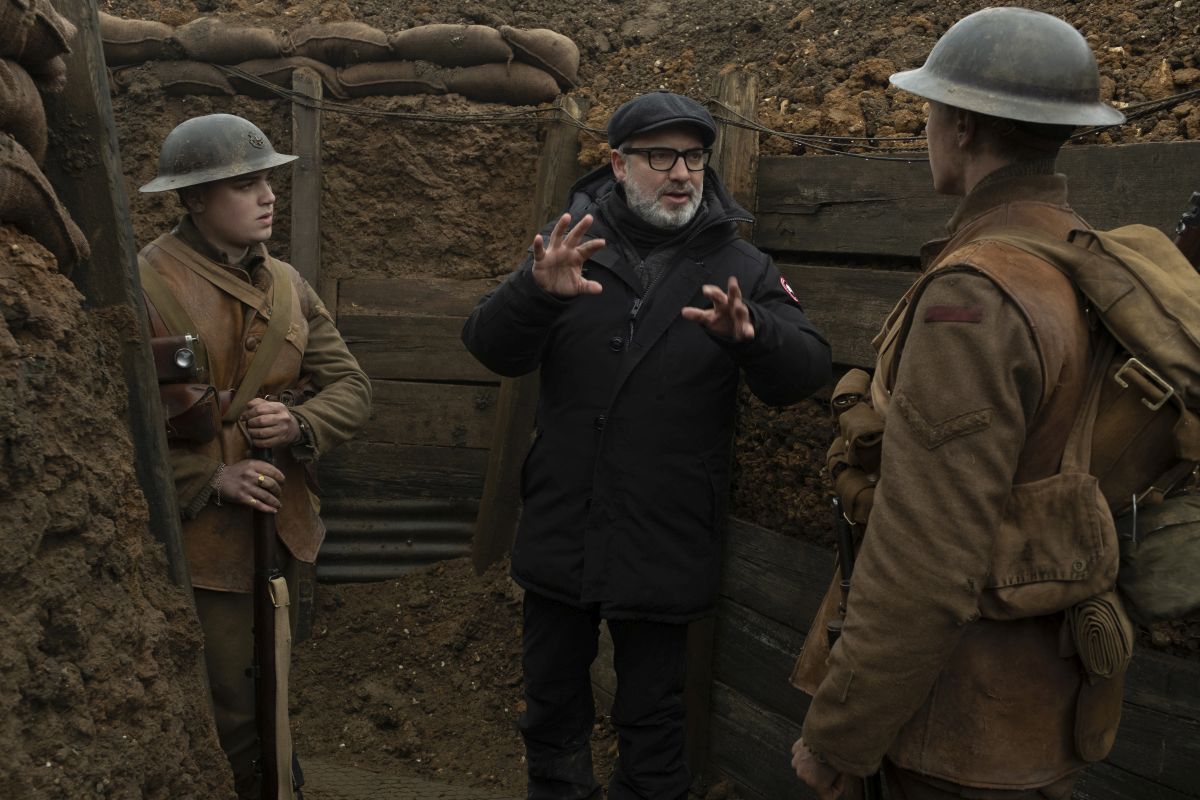
-
1917

-
1917
